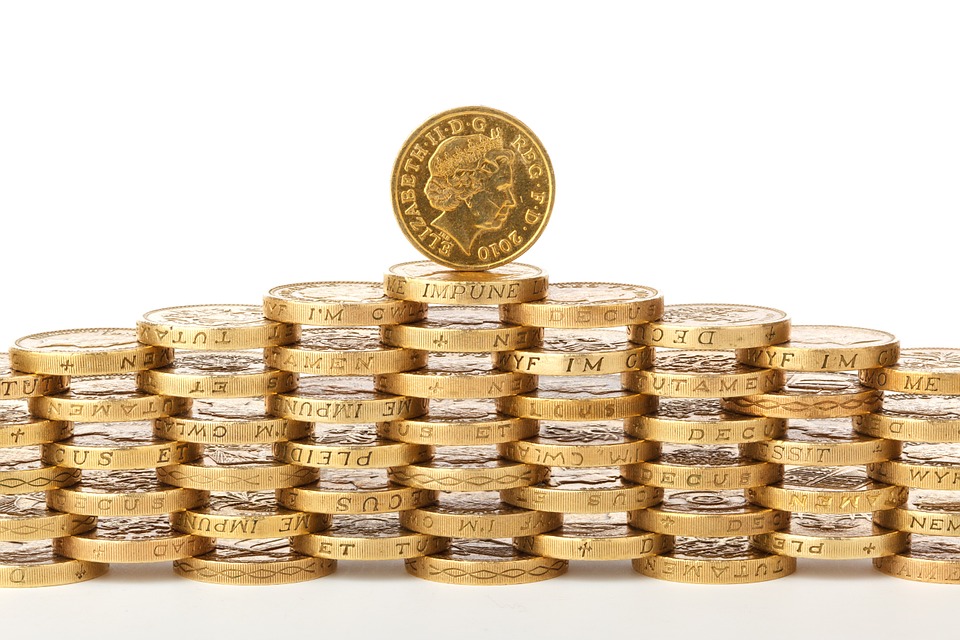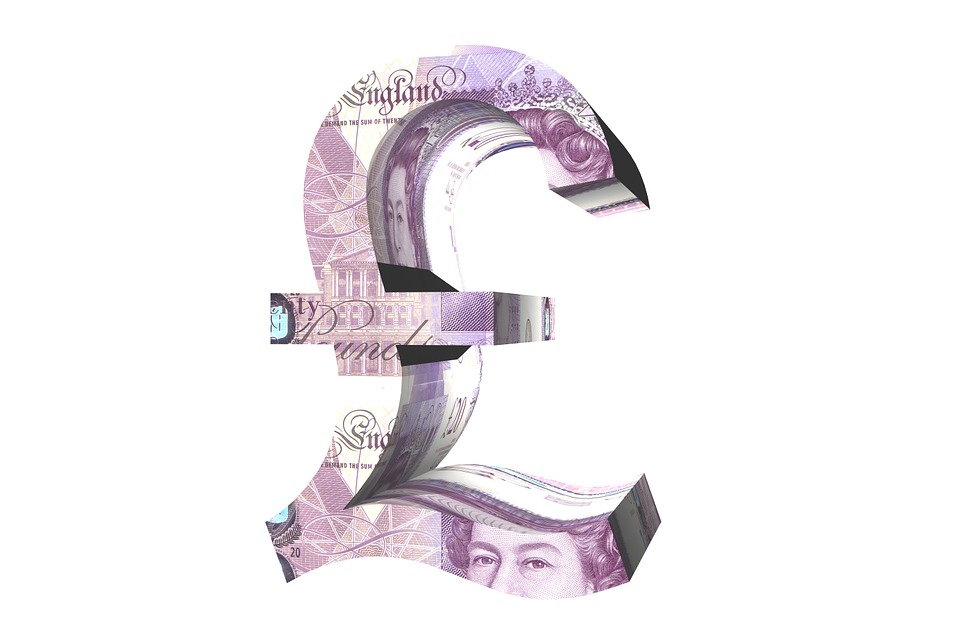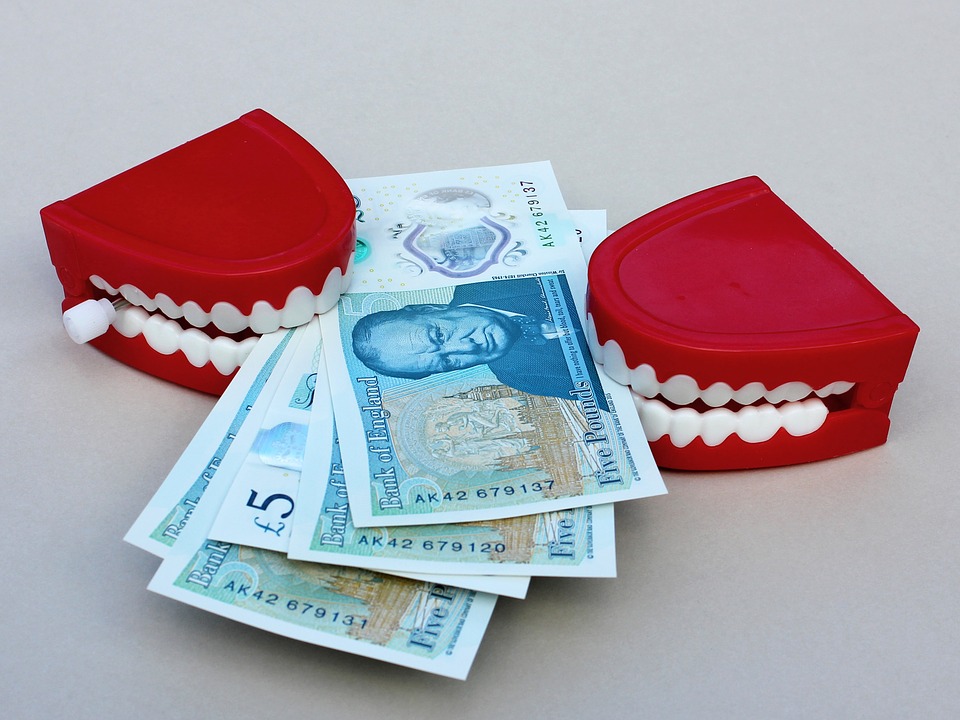The pound rose on Wednesday after a survey showing Britain’s dominant services industry gained momentum last month fuelled expectations of a Bank of England interest rate rise this summer.
After a sluggish start to 2018, the British economy is showing tentative signs of a recovery with surveys this week for the manufacturing, construction and services sectors beating expectations.
That has brought some respite for sterling after weeks of losses caused by worries about whether Britain can secure a deal with the European Union before it leaves the bloc next March.
The IHS Markit/CIPS services Purchasing Managers’ Index (PMI) unexpectedly rose to an eight-month high of 55.1 in June, beating economists’ average forecast in a Reuters poll for it to remain unchanged at 54.0.
At 1510 GMT the pound was up 0.3 percent versus the euro at 88.18 pence and heading for its biggest daily gain against the common currency since the European Central Bank signalled on June 14 that any interest rate rise was still distant. EURGBP=D3
“The momentum continues for the British economy, the services PMI data has lifted hopes that the Bank of England will raise rates sooner rather than later,” said Naeem Aslam, chief markets strategist at Think Markets UK.
Markets are pricing in an 88 percent chance of a single 25-basis-point increase by the end of 2018 and a 53-percent chance of an August rate rise.
Last month BoE chief economist Andy Haldane joined two other members of the nine-strong Monetary Policy Committee in calling for a rate rise, and official data was revised to show the first quarter slowdown was less severe than first thought.
The currency weakened more than 6 percent between April and June, its worst quarter since the 2016 referendum vote to leave the EU.
On Monday it fell despite relatively robust manufacturing survey data as investors worried about a looming a Brexit cabinet meeting later this week.
“Although there is good reason for the BoE to want to further normalise interest rate policy, the chances that a Brexit deal will not be struck in the coming months leans against the risk of a policy tightening,” said analysts at Rabobank in a note to clients.
The note said the pound would drop to $1.28 by the end of the year.
Source: UK Reuters




